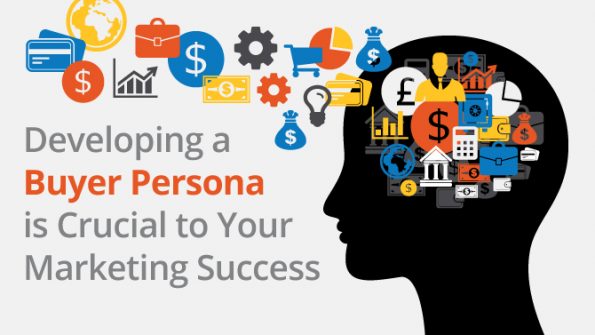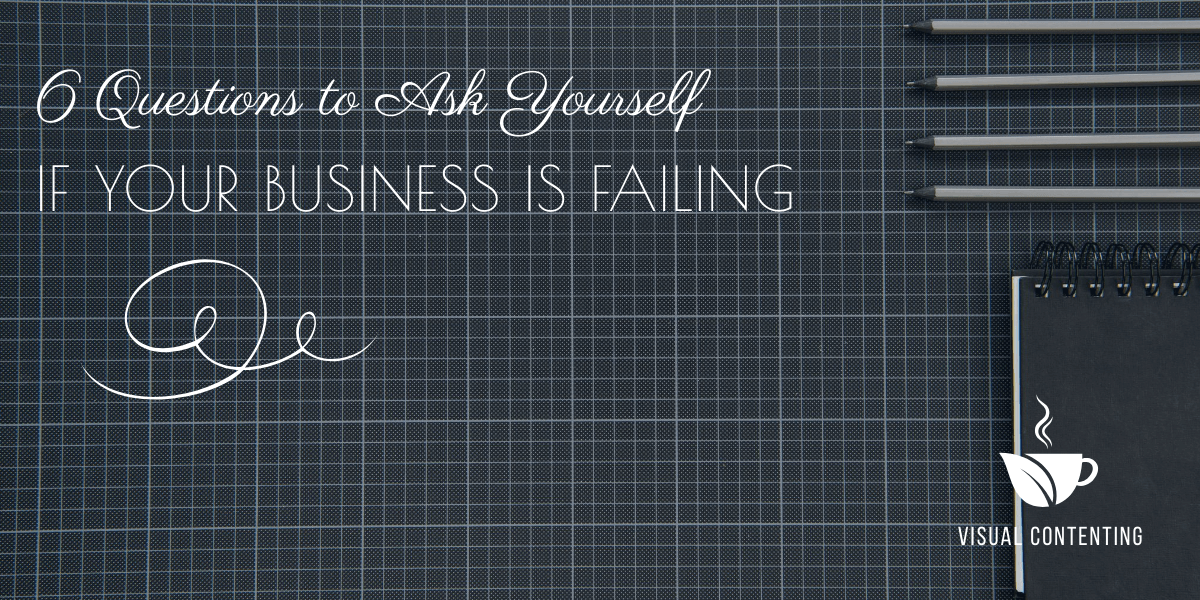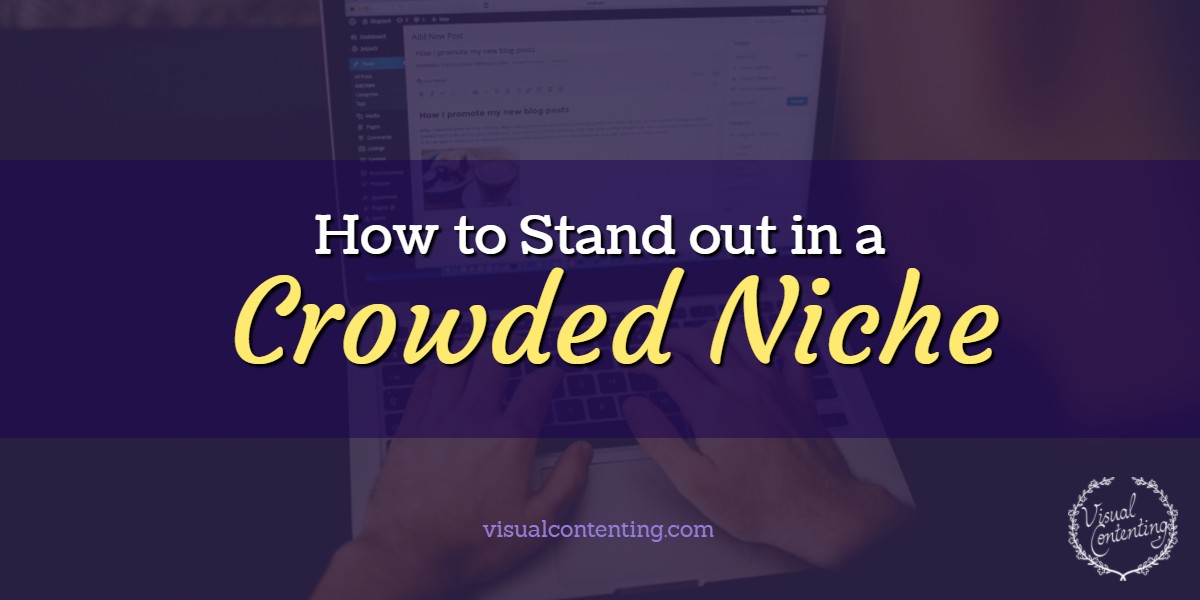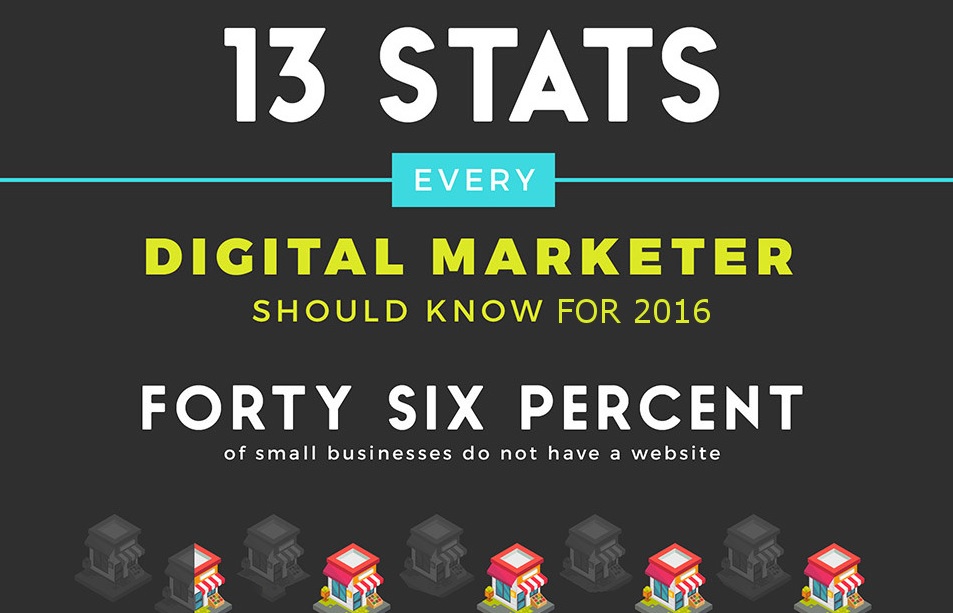Online marketing is becoming an increasingly difficult task. With the growing number of internet users, it becomes challenging for businesses to identify the right audience for their ads. It is possible to find only a few people interested in your product in a group of those viewing your ads.
To avoid wasting time and money on ineffective advertising, businesses ought to direct their adverts to the right audience.
A good way is to create a detailed buyer persona and use it to target your ads to prospects with higher chances of buying from you.
Buyer Persona – Explained
According to HubSpot, a buyer persona is a semi-fictional representation of your ideal customer based on market research and real data about your existing customers.
To come up with a sound buyer persona, you need to put together different traits of your existing clients.
The assumption is that people with similar traits are likely to have same needs or require similar products.
This gives an idea of the kind of people you should target with your Facebook marketing.
The Benefits of Developing a Buyer Persona
Benefits of using buyer persona in your online marketing abound. For one, it makes you aware of the kind of people you are marketing your products to. This way, you can design ads that speak directly to them.
With such adverts, you are sure to gain maximum returns on your effort. This is one way your marketing effort can gain you increased sales. Again, you do not waste resources on the wrong customers. You invest time, energy and money in your advertising.
Max Kleeman, the marketing director at EuroVPS, stated the following after creating the buyer persona for one of their Facebook campaigns:
"We needed to understand who our ideal customer was. So what we did is simple. Picked up the phone and called every single one of our clients. The feedback was golden and helped us completely change everything we thought we knew about our customers."
You do not want these resources to go in vain. If you create relevant ads, you are sure to attract valuable fans to your page. These viewers will easily turn to buyers.
Creating Buyer Persona – What Do You Need?
Before dismissing the need for using buyer persona, it is necessary to learn that customers are happier getting ads that they can relate with.
Many clients find it inconveniencing to see plenty of ads that do not suit them.
If you analyze buying behavior of your existing clients, you can use this information to target others with similar characteristics. This way, you avoid targeting blindly-which confuses viewers, and increase chances of gaining positive feedback on your ads.
It is important to do your homework on the kind of clients you have.
This is key in coming up with a concrete buyer persona.
Your aim is to find out what their needs and challenges are. Get to know how your solutions meet these needs. Your research will also identify customer demographics, psychographics and their buying behavior. All these details come in handy when creating a buyer persona.
It would help to collect such details from as many of your existing customers as possible.
Detailed Process of Creating Buyer Persona
Use the following steps to come up with information you can use for creating buyer persona.
(a) Identify Customer Needs
This involves collecting information about customer needs. These do not need to match the solutions you are offering.
It is helpful to collect as many needs and wants your customers may have. Having a wide range of challenges your clients may want to find solutions for makes your research more relevant.
You may choose to write down these needs depending on how well you know your customers, or take time to interview them.
(b) Identify Customer Demographic Characteristics
What are the common demographic attributes of your clients?
Demographics deals with details such as location, gender, ethnicity, age, language, education level, profession, income level, and relationship status, among others.
Just make sure to write as many of their attributes as you can.
(c) Identify Psychographic Characteristics
These are details that relate to customer values, personality, lifestyle, interests, aspirations, and opinions, among others.
For instance, you may notice your customers are busy but want to have a healthy lifestyle, keen about their appearance and health, or enjoy spending time with their friends.
- Do these friends influence their buying decisions?
- What kind of activities do they engage in during their free time?
- Is there a brand they identify with?
Such details are useful when creating a buyer persona.
(d) Analyzing Customer Data
So you have plenty of information about your clients - now what.
It’s time to analyze this information and see whether it’s valid. Peruse through your findings and list down the common responses. You need to support your findings with relevant data.
There are different ways of finding information to validate your research.
Some of these ways include:
- Customer calls: This is among the most effect ways to validate your findings. Besides, you can easily find more details that you may not have thought of by talking directly to the client.
- Use existing client data: If you have a client database, you can confirm details such as demographics, needs or so.
- Surveys: These may be external or internal. This is also a good way to get information in case you do not have existing data about your clients. Several ways of conducting surveys for cheap exist today. Try SurveyMonkey or use Google forms to collect different details about your customers.
- Social media interactions: Check what clients are saying online. It could help to follow any conversations about your brand.
- Find information from the internet: You can get articles or study papers with reports about the analysis you are doing. Use this to validate your research findings.
Of importance is to keep in mind that you require concrete data to support your hypothesis.
Without data, your findings on customer traits are irrelevant.
(e) Identify Customer Buying Behavior
This involves recording different factors that influence your customers’ buying decision.
It also considers their reaction to certain brands, buying tendencies and others.
You should also consider if they have any objections to your brand and why.
Final Takeaway
With the above information, it should be easy to identify your customer needs. You can also point out something about their preferences, put related information together, and come up with data that shows what your ideal customer would look like.
This is what you use when designing your ads, creating new products or improving product features.
What methods do you use to create your buyer personas?
We’d love to hear about it in our comments!







[…] Source: visualcontenting.com […]
[…] 5 Step Process To Creating a Detailed Buyer Persona – Visual Contenting […]
[…] Online marketing is becoming an increasingly difficult task. With the growing number of internet users, it becomes challenging for businesses to identify the right audience for their ads. It is possible to find only a few people interested in your product in a group of those viewing your ads. To avoid wasting time and money… [Read More] […]
[…] 5 Step Process To Creating a Detailed Buyer Persona […]